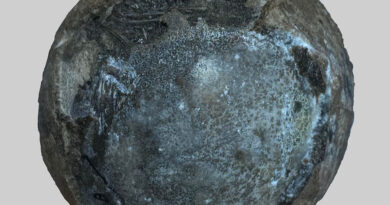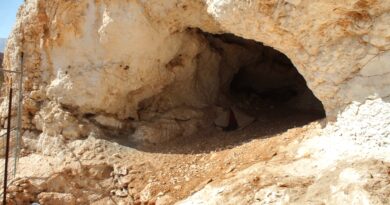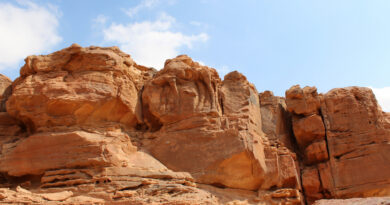Scientists Discover Mega-Ripples Confirming Giant Asteroid Killed Off Dinosaurs And Caused Mile-High Tsunami
Scientists have discovered fossilised mega-ripples in the US state of Louisiana supporting the theory of a giant space rock hitting the sea near Mexico’s Yucatan Peninsula 66 million years ago that caused a mile-high tsunami.
For many years, scientists theorised that an asteroid struck the water near Mexico’s south-eastern coast and a blanket of dust blotted out the sun for years, reducing temperatures and ultimately killing off the dinosaurs.
A tsunami in the Gulf of Mexico was generated by the event, known as the Chicxulub impact, that some experts believe was up to nearly a mile in height.
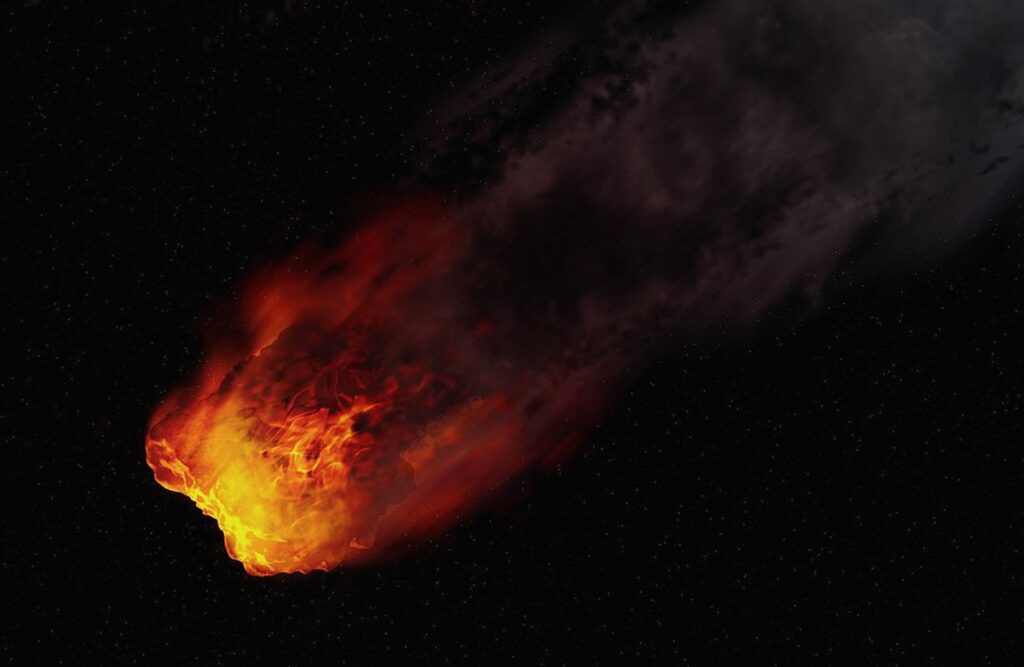
The tsunami crashed into North America and was followed by smaller waves.
Scientists now believe they have discovered evidence of the event in the form of fossilised mega-ripples buried in sediments in what is central Louisiana today.
Sean Gulick, a geophysicist at the University of Texas, said: “It is great to actually have evidence of something that has been theorised for a really long time.”
To find ancient structures underground, scientists use industrial hammers or set off explosives in the earth and use seismic imaging to look for reflections from the many layers of rock and sediment below.
Companies use the same technique to look for gas and oil, and there has been a great deal of data for scientists to use as research, especially in regions around the Gulf of Mexico.
Over a decade ago, University of Louisiana geophysicist Gary Kinsland obtained seismic images from the company Devon Energy.
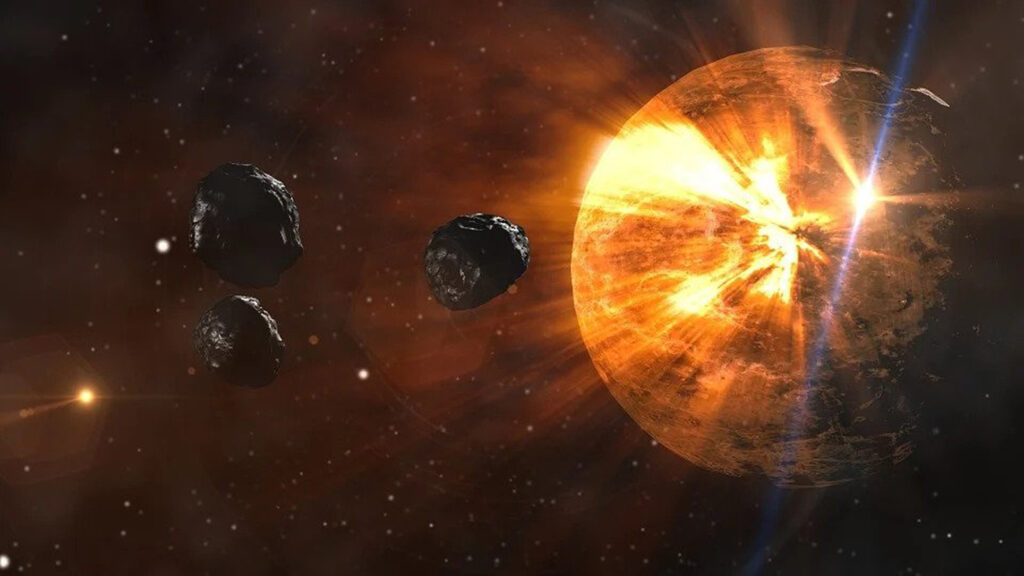
Sea levels were higher at the time of the asteroid collision, and Kinsland believed the area held clues as to what happened in the shallow waters off the coast.
Kinsland and colleagues saw fossilised ripples when analysing a layer about 1,500 metres under the earth.
The mega-ripples were spaced up to one kilometre apart with an average height of 16 metres.
Scientists believe the ripples are the imprint of the tsunami’s waves as they approached the coast in water around 60 metres in depth, disturbing sediments on the seabed.
Kinsland said the orientation of the mega-ripples was also consistent with the Chicxulub impact.
He added that the location was ideal for preserving the ripples: “The water was so deep that once the tsunami had quit, regular storm waves couldn’t disturb what was down there.”
The Chicxulub impact was first hypothesised in the 1980s, and cores from a drilling expedition in 2016 helped detail how the impact crater was formed.
In North Dakota, 3,000 kilometres north of Chicxulub, in 2019, researchers discovered a fossil site that they said records the hours after the impact and includes debris dragged inland from the tsunami.
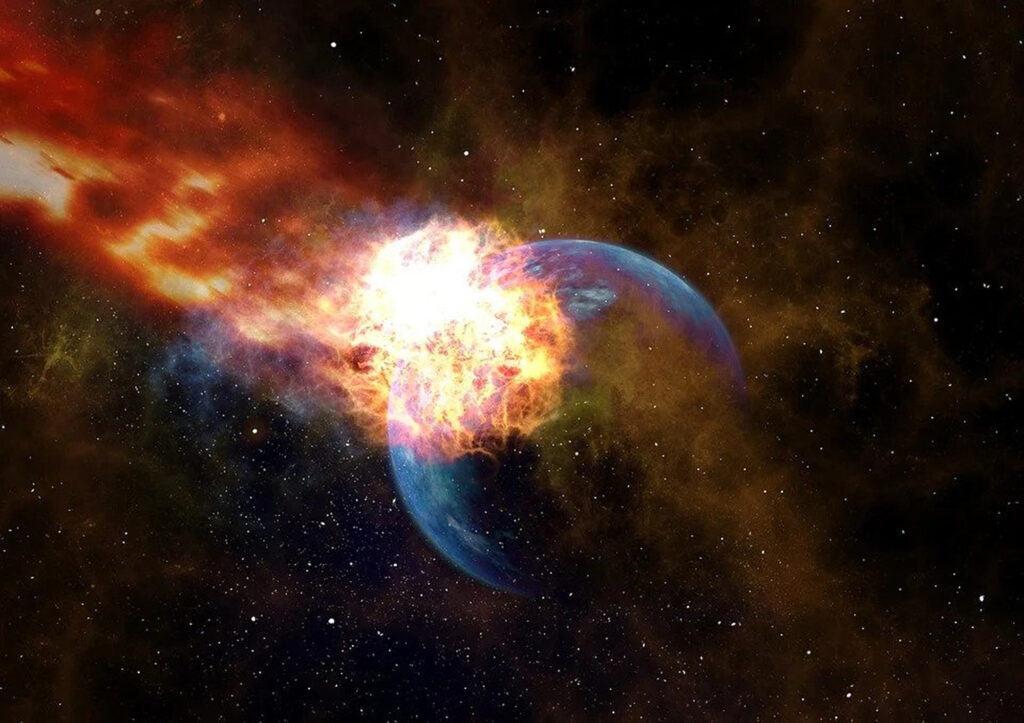
Alfio Alessandro Chiarenza, a palaeontologist at the University of Vigo, said: “We have small pieces of the puzzle that keep getting added in.
“Now this research is another one, giving more evidence of a cataclysmic tsunami that probably inundated [everything] for thousands of miles.”

